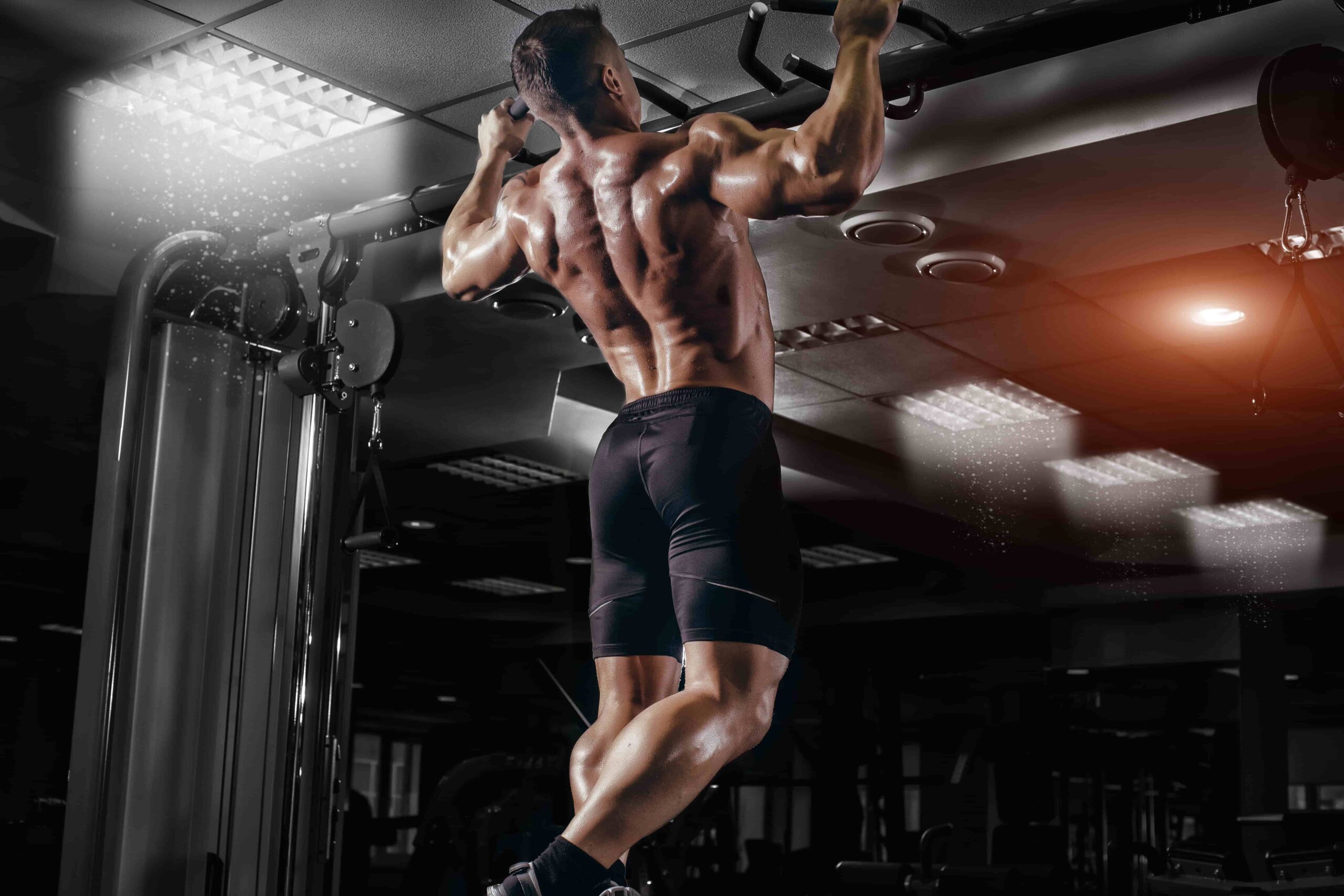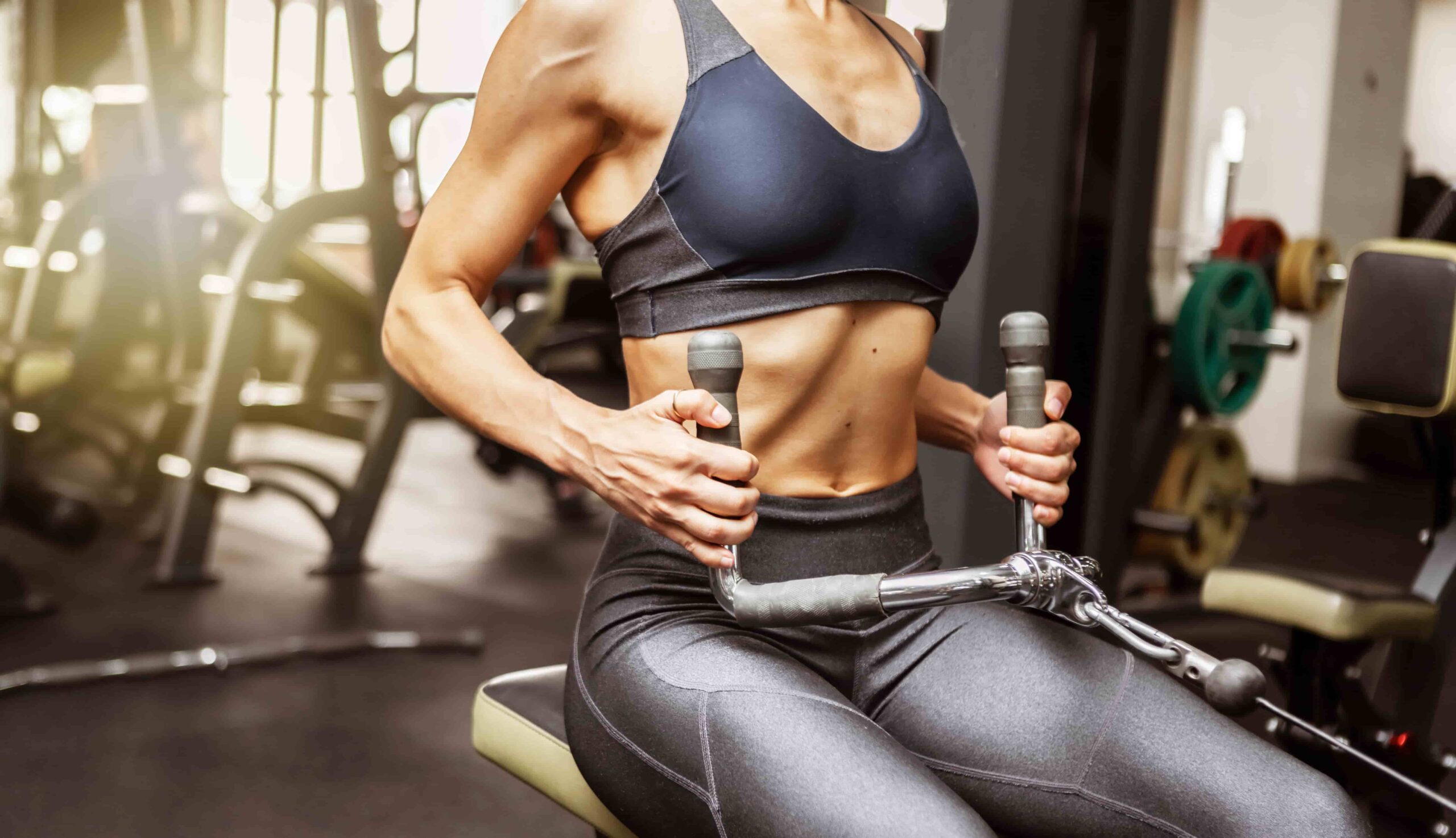Killer Back Workouts! Unleash Your Inner Beast Mode
A developed not only adds to the pleasing look of a balanced physique but also plays a crucial role in everyday functionality maintaining posture and overall upper body strength. Whether it involves lifting pulling or simply keeping a posture our back muscles are constantly engaged. Get you back in shape with our killer back workouts.
Moreover a strong back acts, as a shield against injuries particularly in the lower back region. This article will explore back workouts that target muscle groups of the back to ensure balanced strength and overall development.
Anatomy of the Back
The back comprises not one muscle but a complex network of several muscles each with its specific functions. Understanding these muscles allows us to optimize our workouts and effectively target every region.
At the core of the back are the latissimus dorsi or ‘lats,’ which contribute to its wing appearance on either side. Additionally, we have the trapezius (or traps) which span across the neck, shoulders, and mid back; the rhomboids are located beneath the traps; Finally, the erector spinae muscles run parallel, to the spine.*These muscles work together to support the spine assist in pulling movements and contribute to achieving a V tapered appearance.
Pull Ups & Chin Ups

Pull-ups and chin-ups are exercises that utilize your body weight to shape the back. While they may appear similar they focus on areas. Pull-ups, performed with a grip target the lats prominently whereas chin-ups, executed with an underhand grip engage both the lats and biceps to a greater extent.
For individuals who’re new, to these exercises, they can be quite challenging. However with practice and assistance if needed you can progress over time. It is crucial to emphasize a range of motion—lowering yourself all the way down and pulling up until your chin surpasses the bar—to reap benefits.
Barbell Rows
Barbell rows are compound movements primarily focusing on the back area. By bending at your hips and pulling the weight towards your rib cage you activate muscles such as the lats, rhomboids, and traps which help develop thickness in your back.
Maintaining form is essential during barbell rows. Keeping a spine position while avoiding momentum is key, for optimizing muscle engagement. Additionally, remember to squeeze your shoulder blades at the top of each movement.
It is also crucial to select a weight that presents a challenge while allowing for technique.
T Bar Rows
T Bar rows which involve using a landmine attachment or wedging a barbell into a corner provide a pulling angle. This exercise focuses on developing the middle and upper back muscles promoting both width and thickness.
When performing T Bar rows it is vital to maintain a stance and rely on the latissimus dorsi (lats) and trapezius (traps) muscles, for pulling the weight than relying solely on the biceps. By adjusting grip width or utilizing handles you can introduce variations that challenge the muscles in ways.
Lat Pulldowns
The lat pulldown exercise, commonly done using a cable machine specifically targets the latissimus dorsi muscle. It serves as an alternative for individuals who find pull-ups challenging and offers an approach to building strength and muscular endurance.
There are variations of this exercise. You can modify your grip width switch between overhand and underhand grips or even incorporate single-arm attachments to provide stimulation. Remember to pull the bar towards your chest while squeezing your lats at the position, for effectiveness.
Exercises, for Shoulder and Back Workouts

One important exercise for developing the deltoids and upper trapezius is called face pulls. From building muscle face pulls also play a role in maintaining shoulder health, especially for individuals who spend long hours sitting at desks or have poor posture.
To perform face pulls use a cable machine with a rope attachment. Pull the rope towards your face while making sure that your hands are aligned with your ears at the peak of contraction. Focus on control and contraction rather than using weights to ensure that the targeted muscles are engaged instead of relying on more dominant ones.
Another effective exercise for addressing imbalances and targeting each side individually is single-arm dumbbell rows. This exercise activates the latissimus dorsi, back muscles, and even the lower traps. To perform it correctly place one knee and hand on a bench while pulling a dumbbell with your hand.
Maintaining form is crucial during single-arm dumbbell rows. Keep your back flat avoid rotating your torso and ensure a range of motion to maximize the benefits of this exercise. Remember to squeeze your muscles at the top of each repetition and control the descent, for tension.
Deadlifts
Often referred to as the ‘king of lifts’ deadlifts are an exercise that works your body while placing particular emphasis on your back muscles, especially the erector spinae. This movement engages your chain helping you build both muscle mass and functional strength.
Maintaining form is crucial to avoid any injuries resulting from incorrect technique. Key cues include engaging your core keeping your spine neutral and driving through your heels. By practicing deadlifts with weights and gradually increasing the intensity you can experience a significant transformation, in your back routine.
Seated Cable Rows
Seated cable rows are a component of any back-building routine due to their ability to provide tension. Pulling a V bar or using a grip handle towards your torso effectively engages muscles in the mid-back region, lats, and even the lower traps.
When performing cable rows it’s important to maintain a posture and avoid relying on momentum for assistance. Visualize the contraction of your muscles, with each pull ensuring that you engage them fully. Experimenting with grip styles or handles can introduce variety into your workout routine. Ensure that all areas of your back receive adequate attention.
Back Workouts Extensions
Targeting the neglected lower back area back extensions (or hyperextensions) specifically focus on strengthening the erector spinae muscles. Strengthening the muscles, in this area not only contributes to a rounded back but also helps improve overall core stability.
Whether you’re using a chair or a GHD machine it’s important to focus on controlled movements rather than overextending. Engaging your glutes, hamstrings and lower back together can ensure a more effective workout.
Incorporating stretching and mobility exercises is crucial alongside strength training as it can sometimes limit flexibility. Stretching after your workout and targeting areas like the lats, traps, and spinal erectors can enhance recovery. Increase flexibility.
Using tools, like foam rollers or lacrosse balls can also help release any spots or knots. Prioritizing mobility does not enhance your performance during workouts. Also improves daily functionality by making tasks like reaching or bending easier.
Back Workouts In conclusion
Training your back is both an art and a science. While exercises are important it’s equally vital to understand the muscle groups involved to maintain form and allow for rest and recovery to achieve optimal results.
As you embark on your training journey remember that consistency, patience, and continuous learning will be your allies. A well-developed and toned back is the result of dedication, intelligent training, and making health a top priority.




